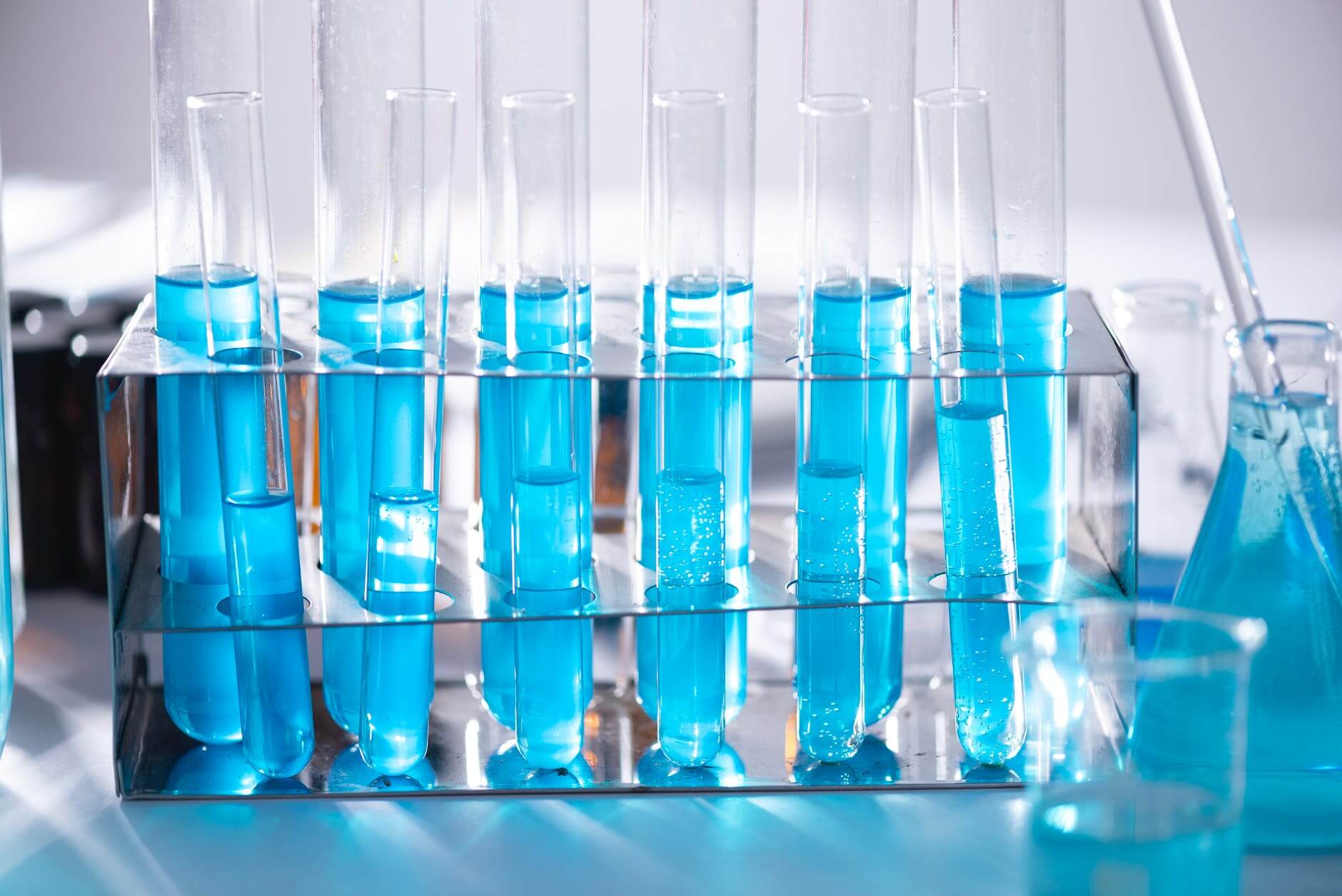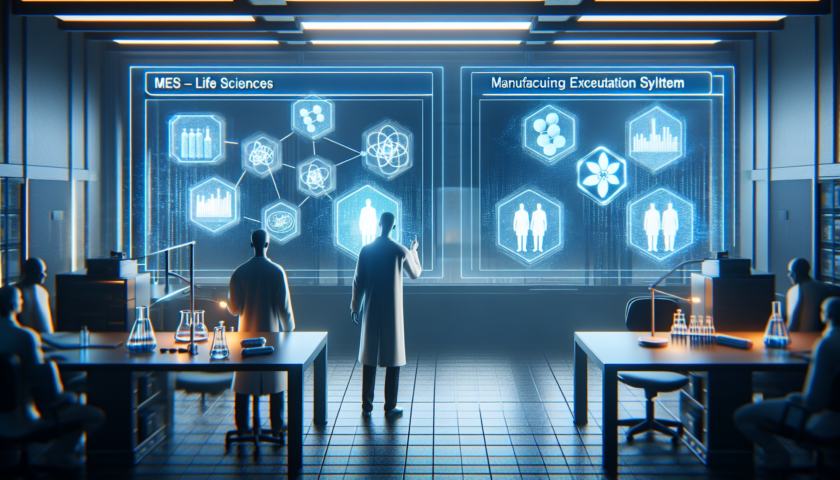| Gene Editing | The process of modifying an organism’s genetic material to achieve desired traits or characteristics. It involves targeted changes to the DNA sequence, such as adding, deleting, or modifying specific genes. |
| CRISPR | A revolutionary gene-editing technology that allows scientists to precisely modify an organism’s DNA. CRISPR-Cas9, the most widely used CRISPR system, uses a molecular tool to guide the editing process by directing the Cas9 enzyme to cut the DNA at specific locations, enabling the addition, removal, or modification of genetic material. |
| Biopharmaceuticals | Medicinal products derived from biological sources, such as proteins or nucleic acids, used for therapeutic purposes. Biopharmaceuticals are produced using biotechnology techniques and include therapies like monoclonal antibodies, vaccines, and recombinant proteins. They offer targeted treatments for various diseases, with potentially fewer side effects than traditional pharmaceuticals. |
| Personalized Medicine | A medical approach that tailors treatment to an individual’s specific genetic makeup or other unique characteristics. Personalized medicine considers each patient’s genetic, environmental, and lifestyle factors to optimize prevention, diagnosis, and treatment. It aims to enhance treatment outcomes and reduce adverse effects by providing customized therapies. |
| Genomic Sequencing | The process of determining the complete DNA sequence of an organism’s genome. Genomic sequencing allows researchers to identify and analyze variations in genes, better understand the genetic basis of diseases, develop targeted therapies, and advance personalized medicine. |
| Bioinformatics | The application of computational tools and techniques to analyze and interpret biological data. Bioinformatics involves managing, analyzing, and interpreting large datasets, including genomic, proteomic, and metabolomic data. It plays a crucial role in genomics, drug discovery, disease research, and other areas of biotechnology. |
| Stem Cells | Undifferentiated cells that have the potential to develop into different types of cells in the body. Stem cells are essential for the growth, development, and repair of tissues and organs. They offer significant potential for regenerative medicine and are being explored for various applications, including treating diseases and injuries. |
| Biomarkers | Biological characteristics or molecules that can be used to indicate the presence or progression of a particular disease. Biomarkers can be measured and analyzed to diagnose diseases, monitor treatment response, and predict patient outcomes. They are critical in early detection, personalized medicine, and the development of novel therapeutics. |
| Biomanufacturing | The production of biological molecules, such as proteins or antibodies, using living organisms or their components. Biomanufacturing involves using genetically modified organisms, cell cultures, or enzymatic processes to produce large quantities of therapeutic proteins, vaccines, enzymes, and other biologic drugs. It offers scalable and cost-effective methods for manufacturing biopharmaceuticals. |
| Synthetic Biology | The engineering of artificial biological systems or the redesign of existing biological systems for specific purposes. It combines biology, genetics, and engineering principles to design and construct new biological parts, devices, and systems. Synthetic biology has applications in medicine, agriculture, energy production, environmental sustainability, and more. |
| Gene Therapy | A therapeutic approach that involves modifying a patient’s genes to treat or prevent disease. Gene therapy aims to correct or replace faulty genes, introduce therapeutic genes, or regulate gene expression. It holds promise for treating genetic disorders, certain cancers, and other diseases by addressing the underlying genetic causes rather than just alleviating symptoms. |
| Biosensors | Devices that utilize biological molecules or processes to detect and measure specific substances or physiological changes. Biosensors combine biological components, such as enzymes or antibodies, with transducers to convert biological signals into measurable outputs. They find applications in medical diagnosis, environmental monitoring, food safety, and more. |
| Proteomics | The study of all the proteins produced by an organism or within a particular biological system. Proteomics aims to identify, characterize, and quantify proteins, elucidate their functions, and understand their interactions within complex biological networks. It plays a crucial role in drug discovery, biomarker research, and understanding cellular processes. |
| Nanobiotechnology | The application of nanotechnology to biological research and development. Nanobiotechnology involves designing and manipulating structures, devices, and systems at the nanoscale for various applications in medicine, diagnostics, imaging, drug delivery, and tissue engineering. It offers novel tools and approaches to investigate and manipulate biological systems at the nanoscale level. |
| Bioprocessing | The use of biological agents, such as cells or enzymes, to produce commercial products or carry out industrial processes. Bioprocessing includes fermentation, cell culturing, and other methods used to manufacture biopharmaceuticals, biofuels, enzymes, and other bioproducts. It offers sustainable and environmentally friendly alternatives to traditional chemical-based processes. |
| Pharmacogenomics | The study of how an individual’s genetic makeup affects their response to drugs. Pharmacogenomics explores the influence of genetic variations on drug efficacy, safety, and dosage requirements. It aims to develop personalized treatment plans by selecting the most suitable drugs and optimizing dosage regimens based on an individual’s genetic profile. |
| Biomimicry | The imitation of natural biological processes, systems, or designs for the development of new technologies or solutions. Biomimicry takes inspiration from nature to solve human challenges and design sustainable innovations. It involves observing and studying biological structures, functions, and strategies and then applying them to engineer improved materials, products, and systems. |
| Tissue Engineering | The field of research that aims to create artificial tissues or organs to restore, maintain, or enhance tissue function. Tissue engineering combines principles of biology, engineering, and medicine to develop novel approaches for regenerative medicine and transplantation. It involves using scaffolds, cells, and signaling molecules to construct functional tissues or organs outside the body or within the body. |
| Precision Agriculture | The use of technology and data analysis to optimize agricultural practices, such as crop yield, nutrient management, and pest control. Precision agriculture employs tools like remote sensing, GPS, drones, and data analytics to monitor and manage agricultural processes at a finer scale. It enables farmers to make data-driven decisions, increase productivity, reduce environmental impact, and conserve resources. |
| Agricultural Biotechnology | The use of scientific techniques to improve plants, animals, and microorganisms for agricultural purposes, such as increasing crop productivity and improving livestock. Agricultural biotechnology encompasses genetic engineering, marker-assisted breeding, and other methods to enhance traits like yield, disease resistance, drought tolerance, and nutritional content. It plays a vital role in global food security and sustainability efforts. |




